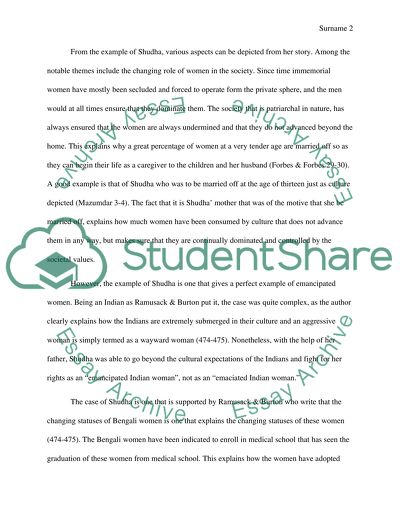Cite this document
(“Mazumdar Book Report/Review Example | Topics and Well Written Essays - 2250 words”, n.d.)
Mazumdar Book Report/Review Example | Topics and Well Written Essays - 2250 words. Retrieved from https://studentshare.org/religion-and-theology/1667410-mazumdar
Mazumdar Book Report/Review Example | Topics and Well Written Essays - 2250 words. Retrieved from https://studentshare.org/religion-and-theology/1667410-mazumdar
(Mazumdar Book Report/Review Example | Topics and Well Written Essays - 2250 Words)
Mazumdar Book Report/Review Example | Topics and Well Written Essays - 2250 Words. https://studentshare.org/religion-and-theology/1667410-mazumdar.
Mazumdar Book Report/Review Example | Topics and Well Written Essays - 2250 Words. https://studentshare.org/religion-and-theology/1667410-mazumdar.
“Mazumdar Book Report/Review Example | Topics and Well Written Essays - 2250 Words”, n.d. https://studentshare.org/religion-and-theology/1667410-mazumdar.


